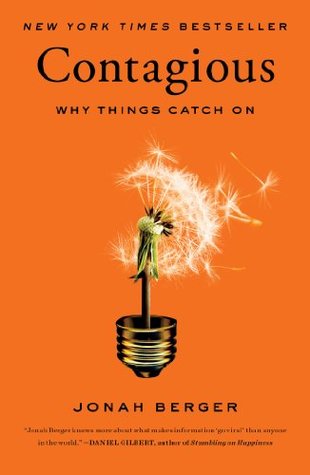More on this book
Community
Kindle Notes & Highlights
We need to design products and ideas that are frequently triggered by the environment and create new triggers by linking our products and ideas to prevalent cues in that environment. Top of mind leads to tip of tongue.
When we care, we share. So how can we craft messages and ideas that make people feel something?
Giving awards works on a similar principle. Recipients of awards love boasting about them—it gives them the opportunity to tell others how great they are. But along the way they have to mention who gave them the award.
Awe is a complex emotion and frequently involves a sense of surprise, unexpectedness, or mystery. Indeed, as Albert Einstein himself noted, “The most beautiful emotion we can experience is the mysterious. It is the power of all true art and science. He to whom this emotion is a stranger, who can no longer pause to wonder and stand rapt in awe, is as good as dead.”
Marketing messages tend to focus on information. Public health officials note how much healthier teens will be if they don’t smoke or if they eat more vegetables. People think that if they just lay out the facts in a clear and concise way, it will tip the scales. Their audience will pay attention, weigh the information, and act accordingly. But many times information is not enough. Most teens don’t smoke because they think it’s good for them. And most people who scarf down a Big Mac and large fries and wash it down with a supersized Coke are not oblivious to the health risks. So additional
...more


